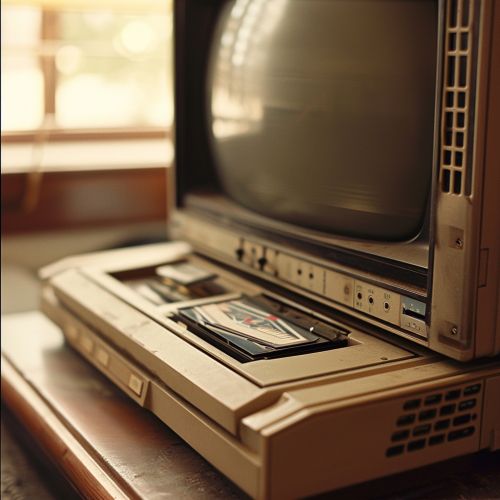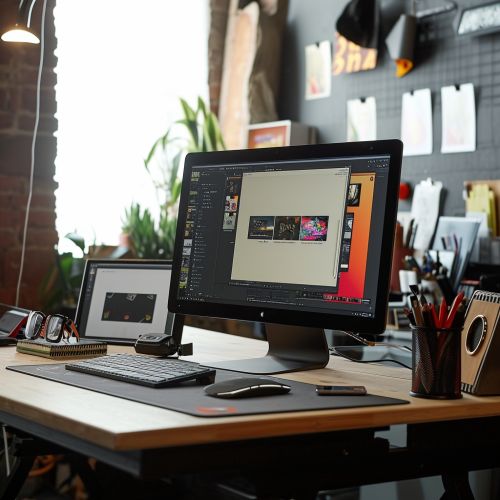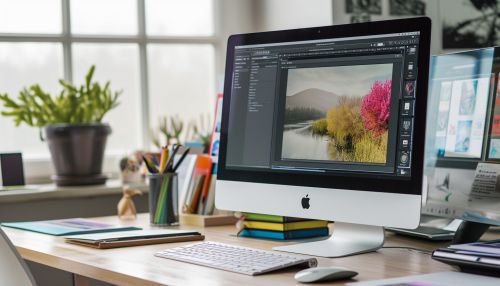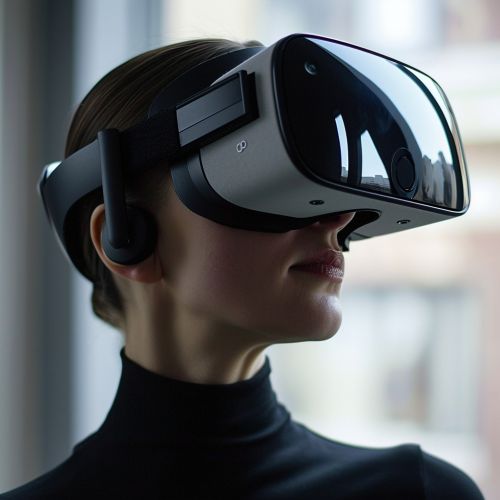Multimedia Design
Overview
Multimedia design is an interdisciplinary field that combines various forms of media to communicate messages and information to an audience. It involves the use of text, audio, graphics, animation, video, and interactive elements to create a cohesive and engaging user experience. The field is constantly evolving, with new technologies and techniques emerging regularly.
History
The history of multimedia design can be traced back to the early 20th century, with the advent of film and radio. However, it was not until the late 20th century, with the advent of digital technology, that multimedia design truly came into its own. The development of personal computers and the internet revolutionized the field, allowing for the creation and distribution of multimedia content on an unprecedented scale.


Principles
There are several key principles that guide the practice of multimedia design. These include:
- Balance: This involves arranging elements in a way that evenly distributes the visual weight of the design. Balance can be achieved through symmetry or asymmetry.
- Contrast: This involves using elements that are distinctly different from each other to draw attention and create interest.
- Emphasis: This involves making certain elements stand out to draw attention and guide the viewer's eye.
- Movement: This involves using elements that suggest action or direction to guide the viewer's eye through the design.
- Proportion: This involves using elements that are appropriately sized in relation to each other and the design as a whole.
- Rhythm: This involves using elements in a way that creates a sense of movement and flow.
- Unity: This involves using elements in a way that creates a sense of wholeness and completeness.
Tools and Techniques
Multimedia designers use a variety of tools and techniques to create their designs. These include:
- Graphic Design Software: This includes programs like Adobe Photoshop, Illustrator, and InDesign, which are used to create and manipulate visual elements.
- Animation Software: This includes programs like Adobe After Effects and Maya, which are used to create animations and special effects.
- Video Editing Software: This includes programs like Adobe Premiere Pro and Final Cut Pro, which are used to edit and enhance video footage.
- Audio Editing Software: This includes programs like Adobe Audition and Pro Tools, which are used to record, edit, and mix audio.
- Web Design Software: This includes programs like Adobe Dreamweaver and WordPress, which are used to create and manage websites.


Applications
Multimedia design is used in a variety of fields and industries, including:
- Advertising and Marketing: Multimedia design is used to create advertisements, promotional materials, and marketing campaigns.
- Education: Multimedia design is used to create educational materials and e-learning courses.
- Entertainment: Multimedia design is used in the creation of movies, television shows, video games, and other forms of entertainment.
- Journalism: Multimedia design is used in the creation of news stories and documentaries.
- Web Design: Multimedia design is used in the creation of websites and web applications.
Future Trends
The field of multimedia design is constantly evolving, with new technologies and techniques emerging regularly. Some of the trends that are expected to shape the future of the field include:
- Virtual Reality (VR) and Augmented Reality (AR): These technologies are expected to revolutionize the way multimedia content is created and consumed.
- Artificial Intelligence (AI): AI is expected to play a significant role in the creation of multimedia content, with algorithms being used to automate certain aspects of the design process.
- 3D Printing: This technology is expected to open up new possibilities for multimedia design, particularly in the realm of physical products and installations.


